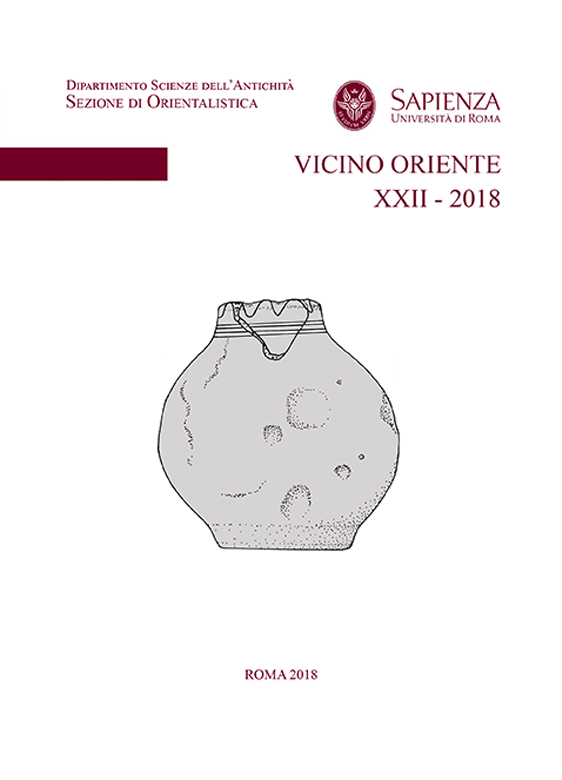Abstract
This article analyses the different types of palanquins on camels or elephants used in the Islamic
era, paying specific attention to their appearance and evolution over time, their practical function,
the use context, the symbolic (religious or political) connotation, and the presence of one or more
male or female figures. The almost exclusive use of camels for females and elephants for males
(except for palanquins with small pointed pillars), presumably for both practical and symbolic
reasons, is notable. In the case of palanquins accommodating more than one person, gender does not
seem related to the animal, even though the context (war, ceremony, caravan etc.) usually changes.
Lastly, empty palanquins (i.e. those without a traveller, sometimes bearing sacred objects) on camels
had a specific symbolic role closely related to both the religious and socio-political spheres

This work is licensed under a Creative Commons Attribution-NonCommercial-NoDerivatives 4.0 International License.
Copyright (c) 2023 VICINO ORIENTE

